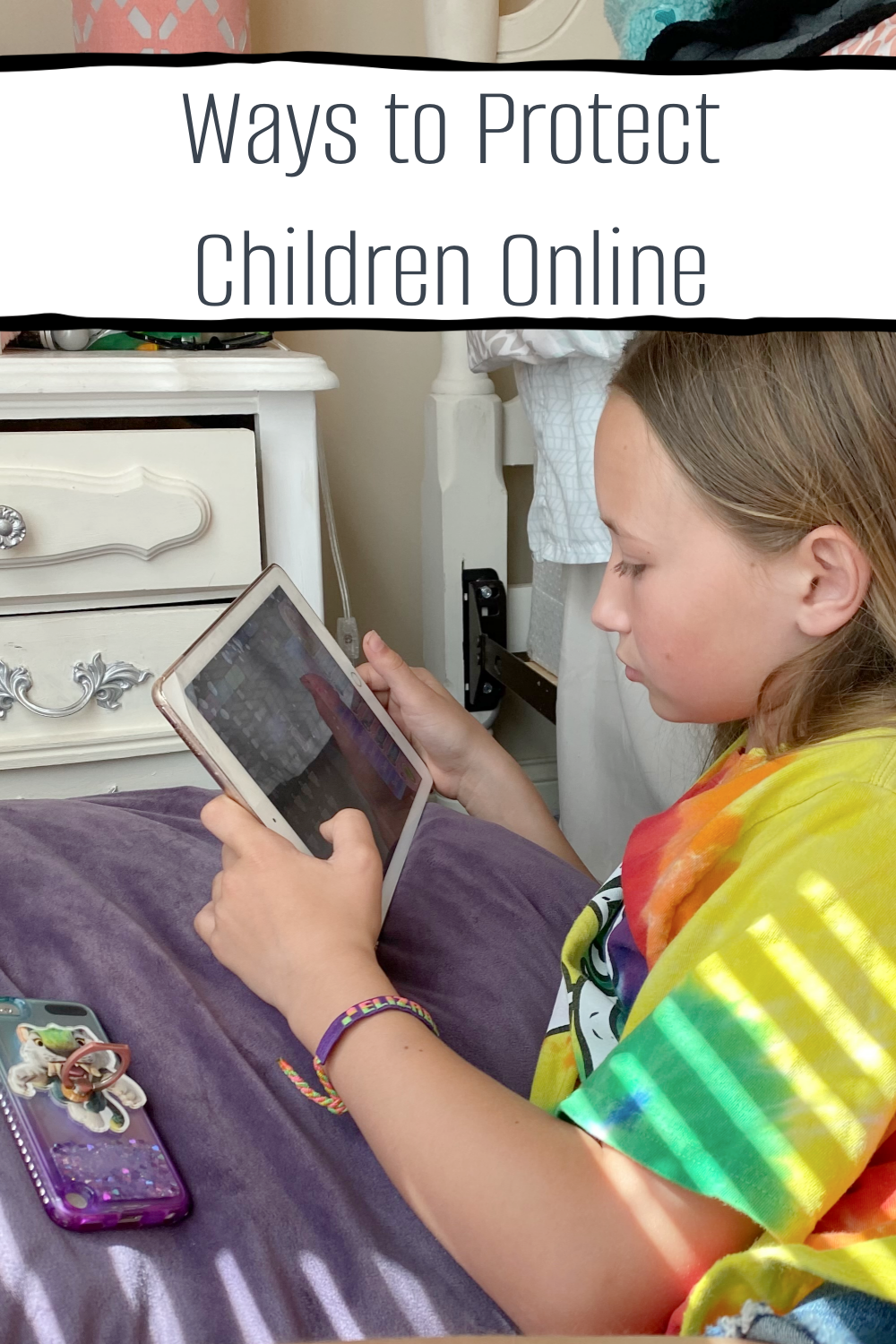If a piece of embroidery is kept before you, could you differentiate and recognize if it is machine or hand embroidery? Probably not, especially if you are a beginner.
However, there are always few indications that can tell you if a piece is a machine or hand embroidered. Some machine embroidery feels more unnatural, and you can tell right away that this can’t be achieved through hand embroidery.
At the same time, some embroidery is so intricate and clean that it can only be achieved through much patience of hand embroidery. Here we are not siding either of the two, as both are equally respected and traded. Some pieces look best in hand embroidery while others in machine embroidery.
However, digitizingmadeeasy.com has a small trick that can tell you the difference. Read on.
Embroidery Machine And History
Embroidery machines are not a thing of the present; these date back to the early 1800s. They were invented even before the sewing machines.
However, it was in the 1900s that embroidery machines gained popularity when Singer launched its embroidery machine with multiple heads. Its ever-growing evolution hasn’t looked back since then, and now the new technology of digitized embroidery is flourishing rapidly.
Digitized embroidery is advanced technology that is affordable and readily available to everyone. But hand embroidery still has its place that can’t be replaced by hand embroidery. Moreover, for the handloom weavers and cottage industries, it's important to keep their talent alive as well.
Coming to the point, here is how you can tell the difference between a machine and hand embroidery piece.
1. Back Stitches
Take a random embroidery piece, be it a handkerchief or anything. You will see that the front is embroidered in the same straight line as you do in hand embroidery, predicting that the piece if hand embroidered for sure.
However, if you turn your piece over and if you could see the back stitches visible is when you can really tell the difference. If you see a different color thread running along with the design that is not used anywhere in front, you can then tell that the embroidery is obtained through the machine.
Such stitching is done to save the main colored thread and save time that gets consumed in switching to a different bobbin color thread every time. This can only possibly be done through machine embroidery.
2. Carrying Threads
Another difference can be identified with the help of carrying threads. In machine embroidery, you will see long threads at the back of the piece running from one part of the design to another. They follow an almost logical and mechanical path to keep the embroidery running without taking a break.
Such embroidery is achieved through machines only.
3. Dense And Unique
The third difference is quite obvious, and you can tell right away if it is machine embroidery. Machine embroidery is quite unique and dense, so closely knitted and provides a bit of an unnatural look. Such embroidery is usually done on monograms, and you can tell it right away.
4. Flatten And Thicken
Another difference you will find is machine embroidery looks the same throughout without any variations in colors. The variations in shades are achieved with the help of hand embroidery as you can’t change thread color in machine embroidery too often.
Moreover, the threads used in machine embroidery are heavier like polyester, rayon, or metallic. They follow the same pattern and embroidery thickness throughout the design. While you can choose to flatten or even thicken a part of your embroidery design accordingly.
5. Not The Same Piece
Every piece made from hand embroidery is unique, with some differences here and there. Whereas, as machine embroidery pieces are produced in bulk, all the pieces look alike and are a replica of each other.
This is why, for business purposes, machine embroidery is more prevalent as it provides the same results every time. Moreover, as machine embroidery nowadays also favors digitizing, computer-generated designs are fed into the machine with the help of software, and results are generated even faster and quicker. Such embroidery can even be differentiated faster than the old machine embroideries.
Also, if you can even look for a certain type of stitches like composite stitches, braid stitches, and every other stitch that is primarily achieved through hand only, you can identify then immediately. Also, as threads used in hand machinery are much softer and delicate, this is another way to identify them both.
So, after this, we are sure even if you are no expert, you would be able to differentiate them both. This could help you in buying stuff and won’t get duped when buying an embroidery piece as well.








No comments
Thank you for dropping by! I would love to hear what you thought. :)
Thanks!
♥,
Diana